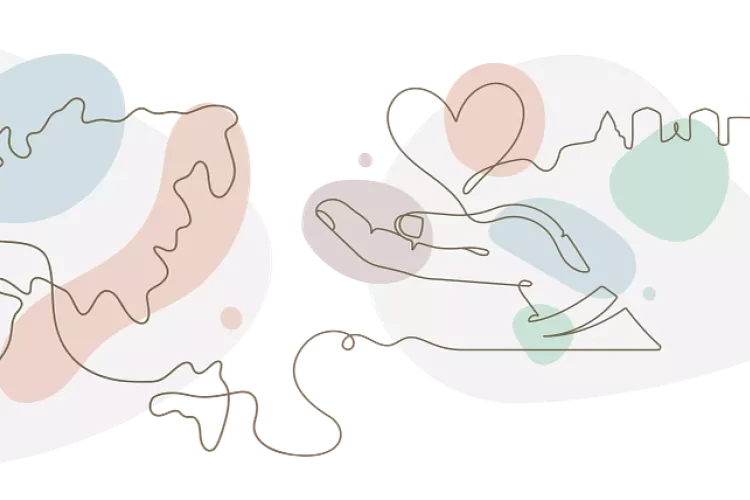UofL researcher wants to clear icy bridges with geothermal heating
October 2, 2024Like birds flying south, salt trucks are a sure sign of winter. They flock to roadways and bridges, melting the slick ice that makes travel dangerous.
But Dr. Omid Ghasemi Fare, who teaches geotechnical engineering at the University of Louisville J.B. Speed School of Engineering, thinks there might be a way to de-ice bridges using heat from the earth instead.
The general idea is to circulate fluid (a mix of water and antifreeze) into the ground, which transfers heat from underground and melts the ice on the pavement above. His research is backed by grant funding from the Kentucky Transportation Cabinet.
So, why not just use salt? While cheap and effective, Ghasemi Fare says salt and chemical de-icers can cause damage to the bridge deck and pollution if they run off into the water below.
“The main problem is environmental pollution,” he said. “The next one is that it reduces the concrete life.”
And overtime, he said, all of that is expensive, since it forces costly cleanup, repairs and repaving.
Ghasemi Fare said geothermal heating would also be a big up-front expense. But he thinks it would pay off in savings over several years of use, since we wouldn't have to pay for those repairs, salt and other typical de-icing costs.
“At the beginning, this process looks expensive,” he said. “But we should look at it like we invest the money. We will invest some money, and then we will get it back in several years."
As for how it works, he said the ground is naturally warmer than the surface — usually it’s around the average temperature for an area over the course of a year. For example, on a January day in Louisville, he estimates ground temperature is probably about 60 degrees Fahrenheit.
This technology is also used to heat and cool buildings. At UofL, for example, it’s used to regulate temperature in the new Student Recreation Center, dedicated in 2013.
But he said other countries, especially in Europe, often use this same technology to clear bridges. He points to one bridge in Switzerland, which has been in operation for more than a decade and has proven successful.
“As soon as you see the bridge, there’s no snow,” he said. “It’s very safe … you can just travel very easily.”
The first phase of Ghasemi Fare’s project gauges feasibility. After three years, he hopes to turn in a design and plan for implementation.
“We want to say ‘with this design, you will have a snow-free bridge during the winter,’” he said.
Listen to Ghasemi Fare's full interview with Mark Hebert here.
Baylee Pulliam leads research marketing and communications at UofL, building on her experience as an award-winning business, technology, health care and startups reporter. She is a proud product of the UofL College of Arts and Sciences, where she earned her undergraduate degree in English. She also holds an MBA, a Master of Arts in Organizational Leadership and is pursuing a Ph.D. in the latter with a focus on corporate innovation.
Related News



